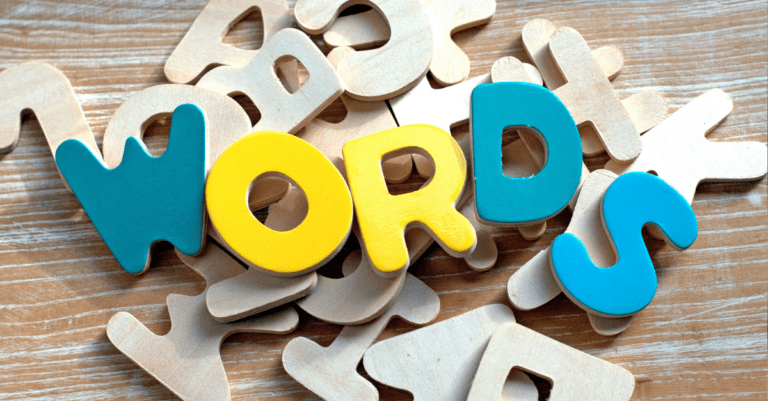A member of our Facebook Grammar Girl group recently wrote in with a question about plurals. He was wondering if we knew why the plurals of some words that end with the letter “y” take an “-s,” whereas others take an “-ies.”
Rich, we have an answer for you.
Fortunately, in English, plurals do have some consistent rules.
Most plurals are formed by adding ‘-s’ or ‘-es’
For example, most plurals are formed by simply adding “-s” or “-es” to the end of a word. If a noun ends with a sound that merges gracefully with the “s” sound, you add an “-s.” For example, “dog” becomes “dogs,” and “cat” becomes “cats.”
Wondering about plurals like “children” and “oxen”? Look here!
If a noun ends with a sound that doesn’t slide smoothly into an “s” sound, you add “-es.” This happens a lot with words that end in sibilant sounds like “-sh,” “-ch,” “-x,” “-z,” and “-s.” For example, “church” becomes “churches.” “Buzz” becomes “buzzes.” And “box” becomes “boxes.”
A similar pattern happens with words that end in “-y.”
Common nouns that end in ‘-y’ take an ‘-ies’; those that end in ‘vowel + y’ take an ‘-s’
If the “y” comes right after a consonant or the letters “qu,” we change the “y” to “ies.” For example, “lady” becomes “ladies.” “Baby” becomes “babies.” “Soliloquy” becomes “soliloquies.” With an -I-E-S at the end.
In contrast, if the “y” comes right after a vowel, we just add an “s” to the word to make it plural. So “journey” becomes “journeys.” “Play” becomes “plays.” And “cowboy” becomes “cowboys.”
An easy way to remember this is to think of that vowel before the “-y.” If you were to change the “-y” to “-ies,” you’d be piling two more vowels at the end of the word. Think how “plays” would look if it were spelled “P-L-A-I-E-S.” That’s a lot of vowels smashed together!
Proper nouns that end in ‘-y’ take an ‘-s’
One other tip. For proper nouns that end in “-y,” you simply add an “-s.” You never convert the “-y” to “-ies” no matter what letter comes before the “y.” For example, if you had two Cadbury Creme Eggs, you’d have two “Cadburys,” spelled with B-U-R-Y-S at the end even though there’s a consonant before the “y.” If you were writing about the “Murray” family, you’d spell it “Murrays.”
All this said, there are exceptions to these rules. If you’re ever in doubt about a specific word, check a dictionary or a usage guide to be sure.
So, that’s your tidbit for today. Common nouns that end in a consonant plus “y” usually take an “-ies” when they become plural. Common nouns that end in a vowel plus “y” usually take just an “s.” And when you’re turning a proper noun that ends in “y” into a plural, no matter what, just an “s.”
Sources
Butterfield, Jeremy, ed. “Fowler’s Dictionary of Modern English Usage.” Plurals. Oxford University Press, 2015.
Garner, Bryan A. The Chicago Guide to Grammar, Usage, and Punctuation. Plurals (sections 19–31). The University of Chicago Press, 2016.




